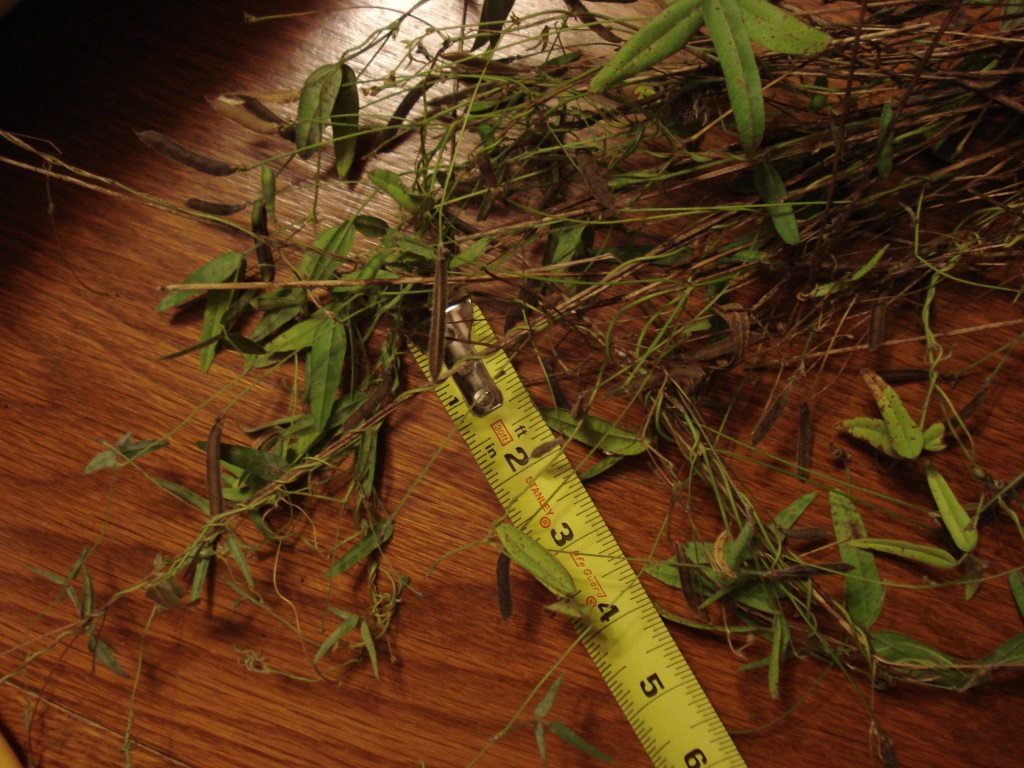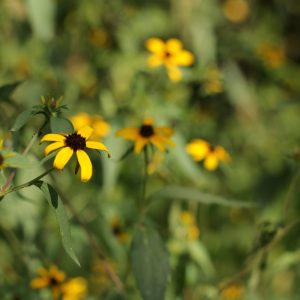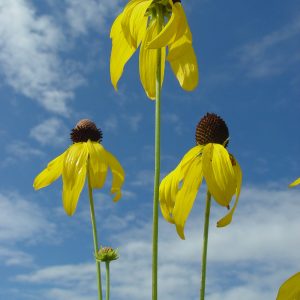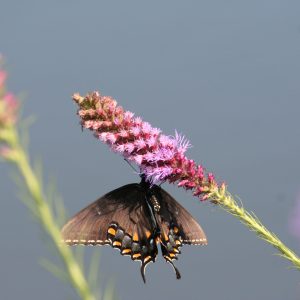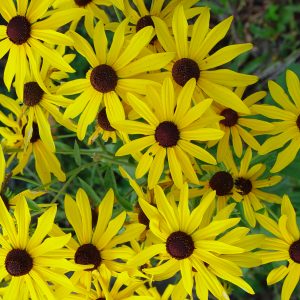Bean, Small Fuzzy
Strophostyles leiosperma
Annual vine often in sandy or other dry sites; quail & doves love the seeds; deer & cattle love the foliage
*Note: Current inventory of this product contains a small percentage of Ragweed
$3.00 – $139.00
For quantity discount pricing, request a quote.
Description
Strophostyles leiosperma, also known as small fuzzy bean, trailing pea, slick seed fuzzy bean or small-flowered wooly bean, is a native annual legume. It is most easily distinguished from the other two Strophostyles species by the abundance of small silky hairs on its leaves and pods, and small pea-shaped flowers.
Wildlife notes
The nectar of the flowers occasionally attracts bees, including bumblebees, Leaf-Cutting bees (Megachile spp.), and Dagger bees (Calliopsis spp.). The extra-floral nectaries attract ants and Halictid bees. The caterpillars of the following skippers occasionally feed on the foliage of Strophostyles spp. (Fuzzy Beans): Epargyreus clarus (Silver-Spotted Skipper), Thorybes bathyllus (Southern Cloudywing), and Urbanus proteus (Long-tailed Skipper). Some leaf beetles feed on the foliage as well, including Cerotoma trifurcata (Bean Leaf Beetle), Sumitrosis ancoroides, and Sumitrosis pallescens; the larvae of the latter two species are leaf-miners. The Mourning Dove and Bobwhite Quail eat the seeds of Fuzzy Beans, while the foliage is readily eaten by cattle, deer, and other mammalian herbivores.
Forage notes
Livestock find this species very palatable. The roots add nitrogen to the soil by forming a symbiotic association with rhizobial bacteria.
Landscaping notes
This plant prefers full or partial sun, mesic to dry conditions, and sandy soil. Conventional garden soil containing loam or clay-loam is tolerated if there is not too much competition from taller plants. The seeds may remain in the ground for several years before they germinate; scarification of the seeds can speed up this process.
Restoration notes
Habitats include open rocky woodlands, open sandy woodlands, sandy savannas, glades, thickets, sand prairies, and sandy fields. This species is usually found in rather dry areas with sparse ground vegetation. Occasional wildfires are probably beneficial in removing competition from woody vegetation and other tall plants.
This species is commonly used in the following mixes: Buck’s Hangout Mix
Additional information
| Weight | N/A |
|---|---|
| Unit | Packet, Ounce, Pound |
| Light | Full Sun to Part Shade |
| Seeding Rate | 8 bulk lbs/acre |
| Soils | Dry, Average |
| Height | 24"-60" |
| Bloom Month | Jun, Jul, Aug, Sep |
| Color | Pink |
| Specialty Uses | Wildlife |
| # seeds/pkt | 200 |
| Packet coverage area | 5 sq. ft |
| Life Cycle | Annual |
